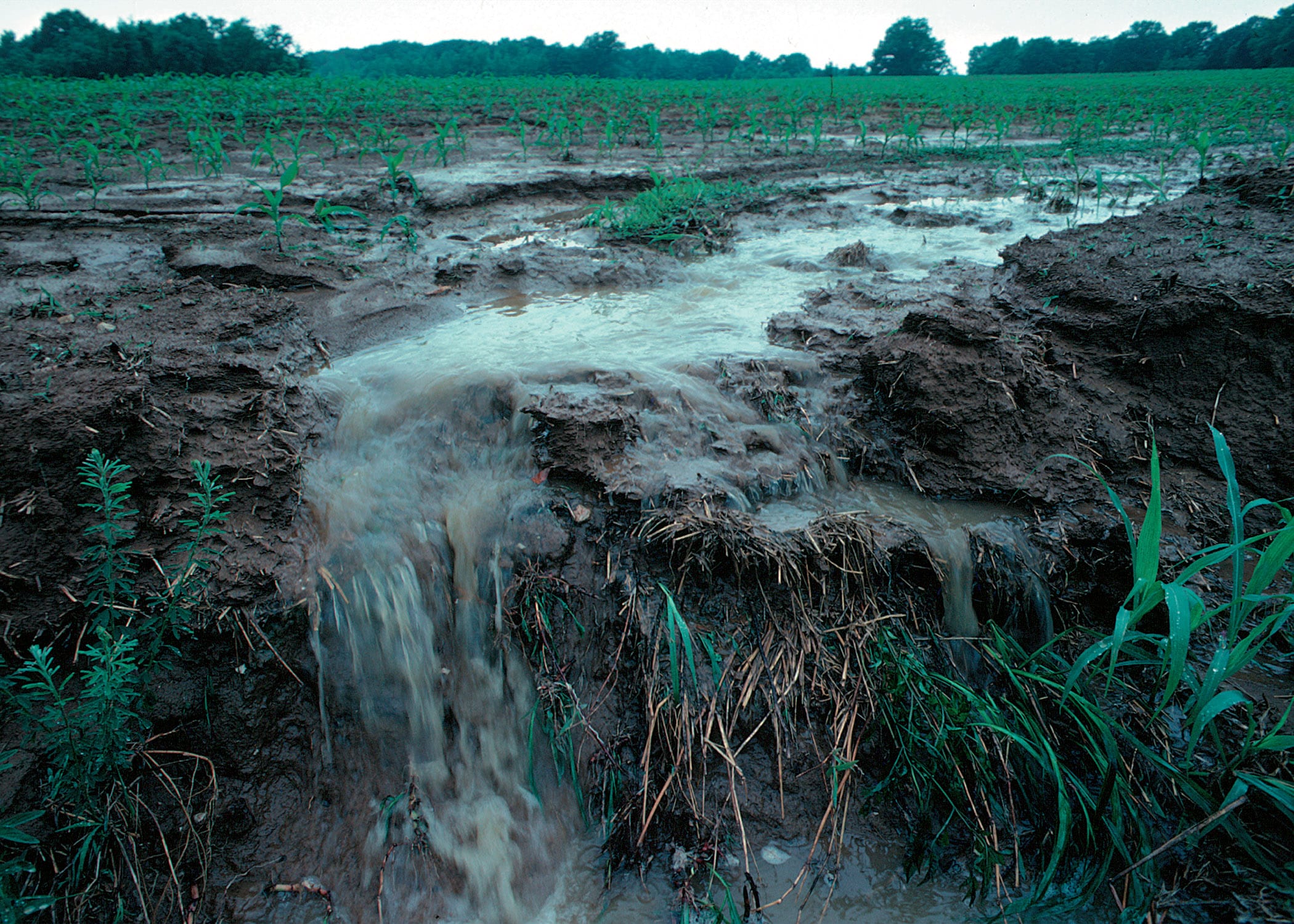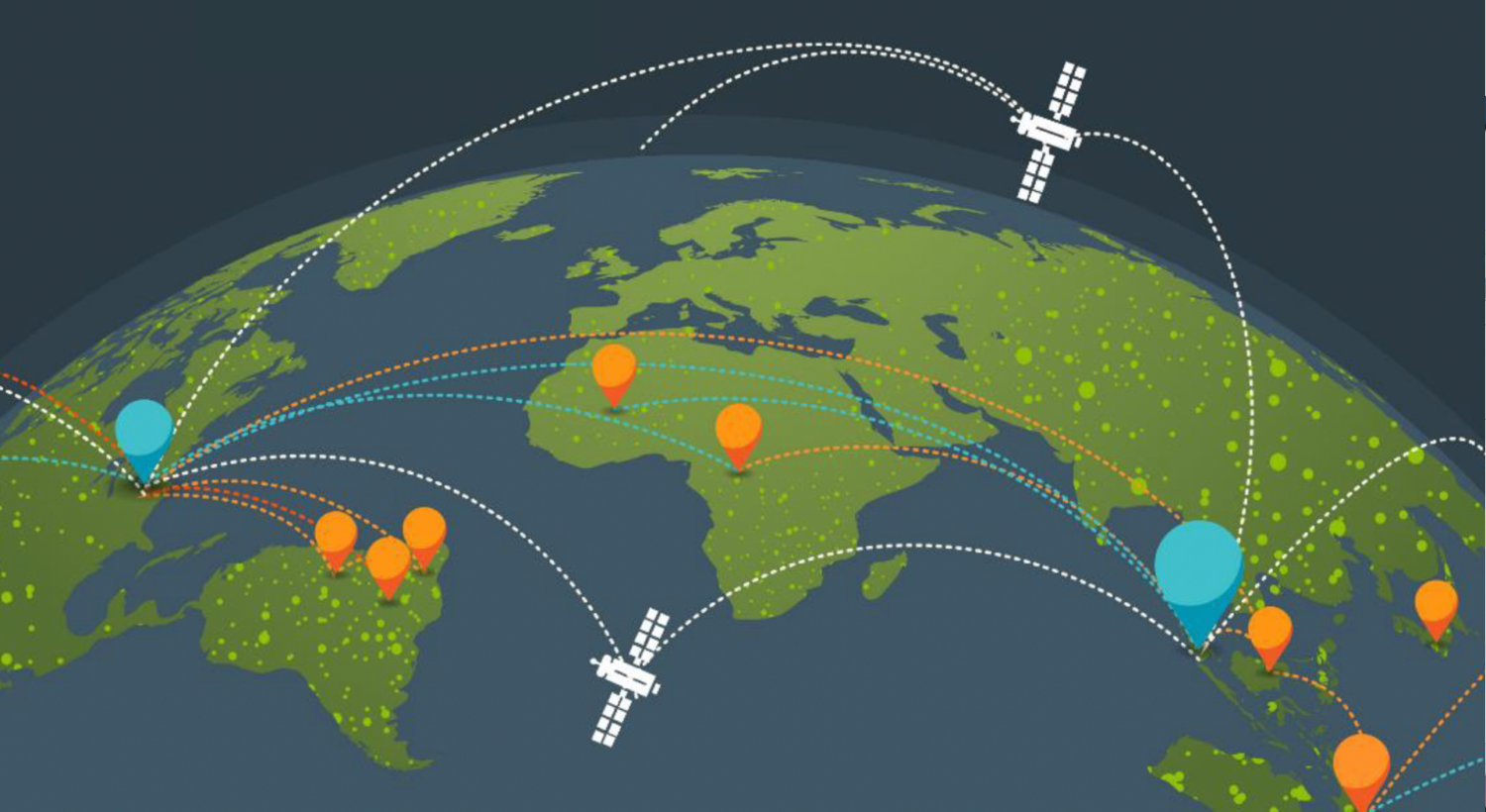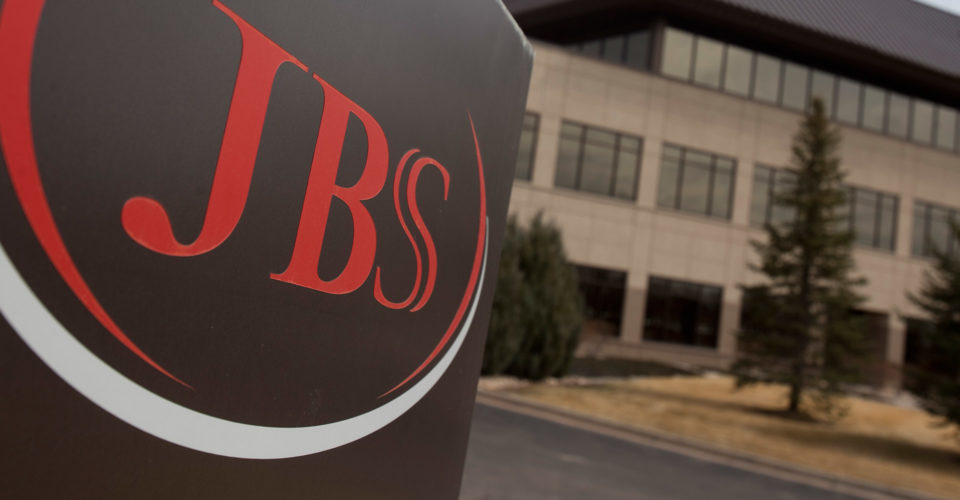
Mystery Meat II
New Investigation Identifies Companies Responsible for Massive Dead Zone in Gulf of Mexico
Tyson Foods, America’s Largest Meat Company, Leads Those Found to be driving massive Manure and Fertilizer Pollution
Mapping data links top meat companies to regions experiencing worst pollution from meat
Washington, D.C. — A new report, released by Mighty Earth, identifies the companies responsible for the widespread manure and fertilizer pollution contaminating water from the Heartland to the Gulf. Much of this pollution comes from the vast quantities of corn and soy used to raise meat animals, and has caused one of the largest Dead Zones on record in the Gulf of Mexico this year.
To identify the companies responsible, the investigation maps the supply chains of the top meat and feed companies, and overlays it with data showing elevated nitrate concentrations in waterways that are experiencing high levels of fertilizer pollution. The report also mapped where these supply chains are driving destruction of natural grasslands, including native prairies, putting new regions at risk for fertilizer pollution.
America’s largest meat company, Tyson Foods, stood out for its expansive footprint in all the regions suffering the worst pollution impacts from industrial meat and feed production. Tyson produces one out of every five pounds of meat produced in the United States, and owns brands like Jimmy Dean, Hillshire Farm, Ball Park, and Sara Lee, in addition to selling to fast food retailers like McDonalds. The company is consistently ranked among the top polluters in America, although Tyson’s new CEO has declared that a focus on sustainability will be at the center of the company’s future plans. The report found:
-
- Tyson is the only meat company with major processing facilities in each of the states listed by the USGS as contributing the highest levels of pollution to the Gulf;
- Tyson and Smithfield have the heaviest concentration of meat facilities in those regions of the country with the highest levels of nitrate contamination;
-
- Tyson’s top feed suppliers are behind the bulk of grassland prairie clearance, which dramatically magnifies the impacts of fertilizer pollution, with Cargill and ADM clearly dominating the market for corn and soy with their network of grain elevators and feed silos in all the states with the highest losses.
“Americans should not have to choose between producing food and having healthy clean water”, says Mighty Earth campaign director Lucia von Reusner. “Big meat companies like Tyson have left a trail of pollution across the country, and have a responsibility to their customers and the public to clean it up.”
“As the public has gained awareness of the major impacts of industrial meat production, many consumers have been trying to find more sustainable options,” said von Reusner. “This report shows that our nation’s largest meat companies shape our food system on a massive scale, and can implement the solutions needed to make meat less polluting.”
A recent analysis from the Environmental Working Group of 2015 public water utility data found that 7 million Americans are exposed to unhealthy levels of nitrate contamination in their drinking water. The Tap Water Database “provides information on the most widespread and potentially harmful contaminants and their sources – including agriculture, a leading source of pollution in the U.S. that is largely exempt from federal laws designed to protect drinking water,” according to the Environmental Working Group.
Researchers recently announced that so much pollution has run into the Gulf of Mexico this year that is has created one of the largest dead zones on record. Fertilizer pollution flowing down the Mississippi River from the American heartland is the cause of this dead zone, by causing toxic algae blooms where marine life cannot survive. This fertilizer pollution comes mostly from industrial corn and soy fields. Last year the USGS reported that around 1.15 million metric tons of nitrogen pollution flowed into the Gulf of Mexico. As comparison, the BP oil spill was 670,800 metric tons, and is not an annually occurring event.
*The report was amended to clarify the proportion of U.S. soy that goes toward animal feed. The rest of the report remains unchanged.
Take action! Sign the petition below calling on Tyson’s CEO to clean up this pollution from meat.
[widgets_on_pages id=”Care2″]
About Mighty Earth
Mighty Earth is a global environmental campaign organization that works to protect forests, conserve oceans, and address climate change. We work in Southeast Asia, Latin America, Africa, and North America to drive large-scale action towards environmentally responsible agriculture that protects native ecosystems, wildlife, and water, and respects local community rights. Mighty Earth’s global team has played a decisive role in persuading the world’s largest food and agriculture companies to dramatically improve their environmental and social policies and practices. More information on Mighty Earth can be found at https://mightyearth.org/.
###


